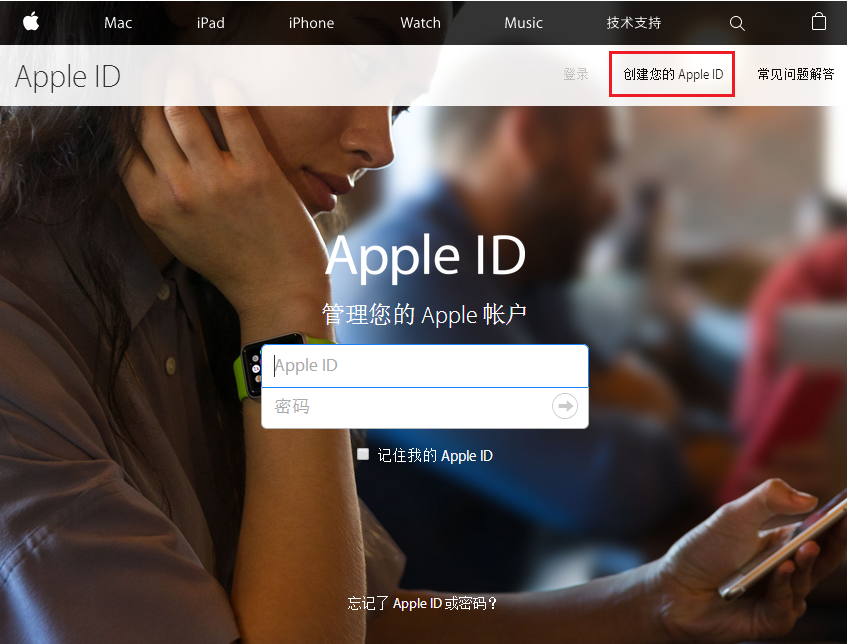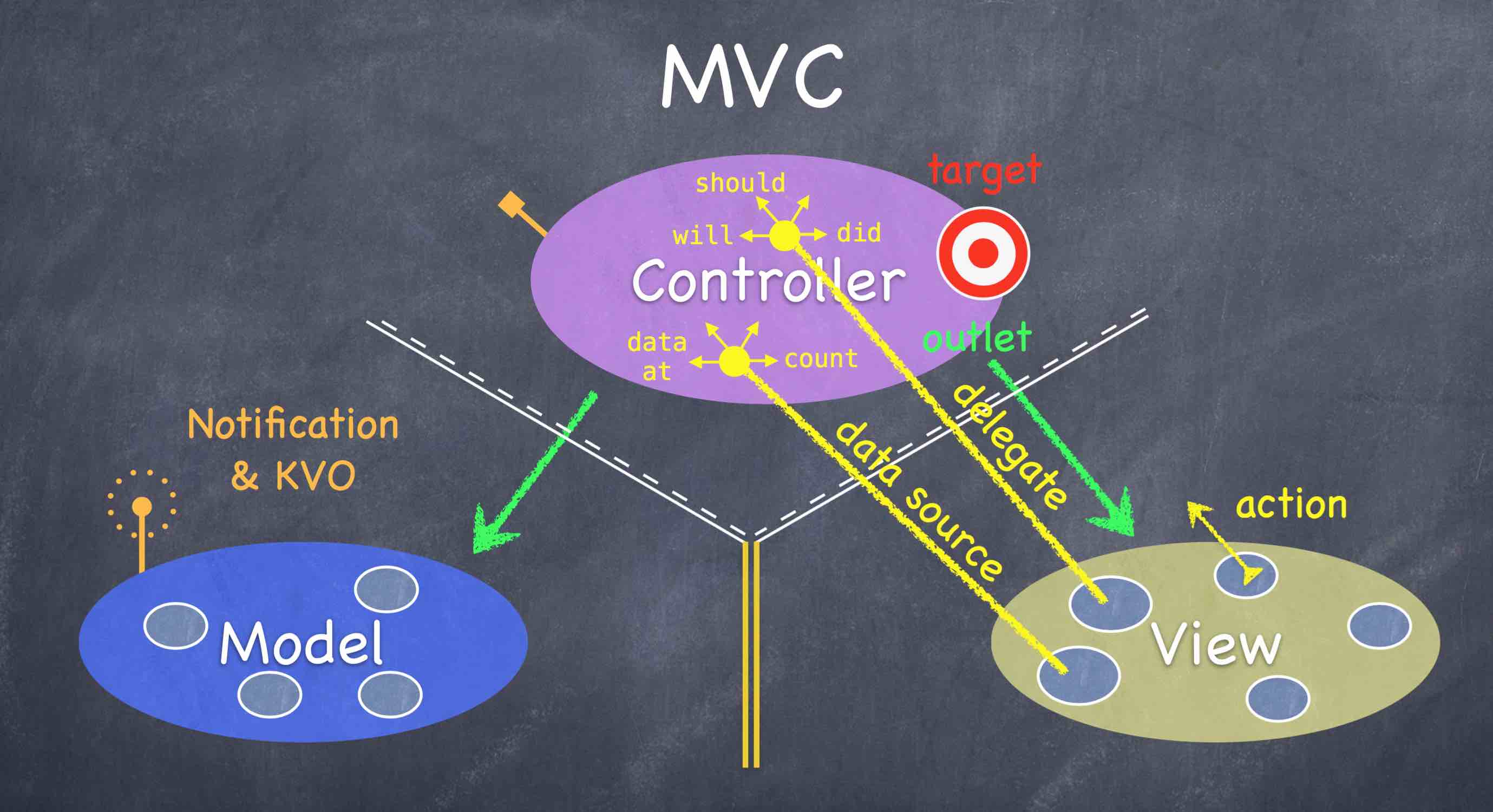總結IOS界面間跳轉的幾種辦法
留意:
上面以FirstViewController(FVC)的按鈕button點擊後跳轉到SecondViewController(SVC)為例解釋:
方法一:Storyboard的segues方法
鼠標點擊按鈕button然後按住control鍵拖拽到SVC頁面,在彈出的segue頁面當選擇跳轉形式便可

長處:操作便利,無代碼生成,在storyboard中展現邏輯清楚
缺陷:頁面較多時不便利檢查,團隊協作時可保護性差, 多人協作時不建議應用這類方法。
方法二:選項卡UITabBarController掌握器
經由過程挪用UITabBarController的addChildViewController辦法添加子掌握器,代碼實例以下:
UITabBarController *tabbarVC = [[ UITabBarController alloc ] init ]; FirstViewController *FVC = [[FirstViewController ] init ]; FVC.tabBarItem.title = @"掌握器1" ; FVC.tabBarItem.image = [ UIImage imageNamed : @"first.png" ]; SecondViewController *SVC = [[SecondViewController ] init ]; SVC.tabBarItem.title = @"掌握器2" ; SVC. tabBarItem.image = [UIImage imageNamed : @"new.png" ]; // 添加子掌握器(這些子掌握器會主動添加到UITabBarController的 viewControllers 數組中) [tabbarVC addChildViewController :FVC]; [tabbarVC addChildViewController :SVC];
長處:代碼量較少
缺陷:tabbar的IOS原生款式不太悅目,(不經常使用,今朝不建議應用),假如要應用,建議自界說tabbar
方法三:導航掌握器UINavigationController
在FVC的button的監聽辦法中挪用:
[self.navigationController pushViewController:newC animated:YES]; //跳轉到下一頁面
在SVC的辦法中挪用:
[self.navigationController popViewControllerAnimated:YES]; //前往上一頁面
當有屢次跳轉產生並願望前往根掌握器時,挪用:
[ self .navigationController popToRootViewControllerAnimated: YES ]; //前往根掌握器,即最開端的頁面
方法四:應用 Modal 情勢展現掌握器
在FVC中挪用:
[ self presentViewController:SVC animated: YES completion:nil];
在SVC中挪用:
[ self dismissViewControllerAnimated: YES completion: nil ];
方法五:直接更改 UIWindow 的 rootViewController
總結:
Storyboard方法合適小我開辟小法式時應用,有團隊協作或許項目較年夜時不建議應用
UITabBarController由於今朝體系的原生款式不太雅觀,不建議應用
推舉應用UINavigationController和Modal,無顯著缺陷,並且今朝年夜部門法式都應用這兩種方法,只是看能否須要導航掌握器而肯定應用哪一種計劃
好了,以上就是本文的全體內容,願望對年夜家開辟IOS時有所贊助。
【總結IOS界面間跳轉的幾種辦法】的相關資料介紹到這裡,希望對您有所幫助! 提示:不會對讀者因本文所帶來的任何損失負責。如果您支持就請把本站添加至收藏夾哦!




